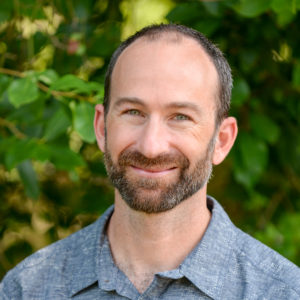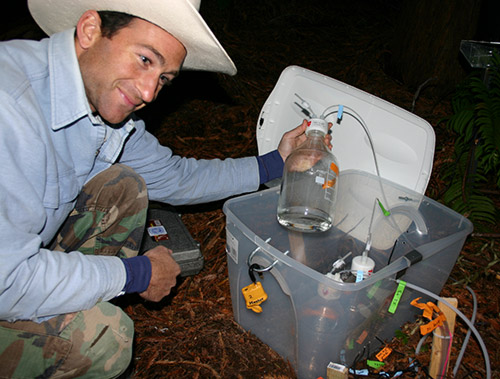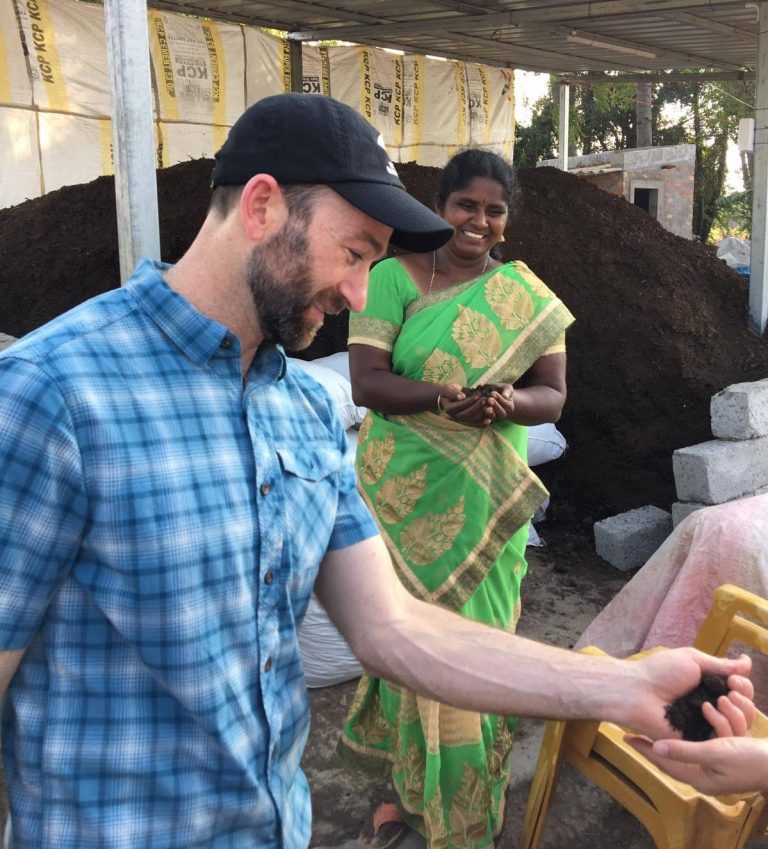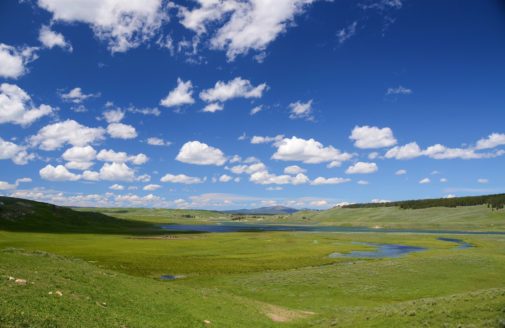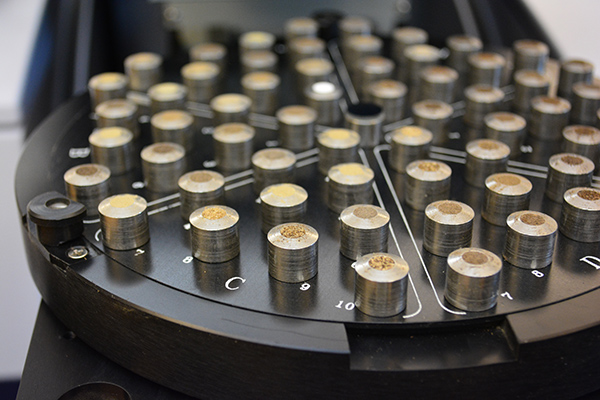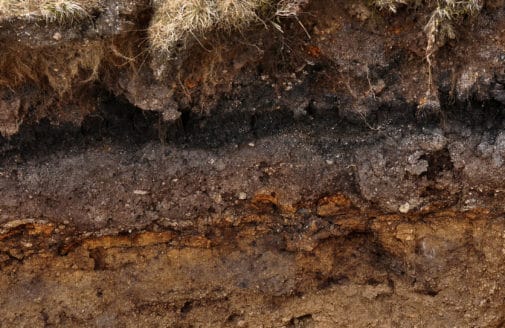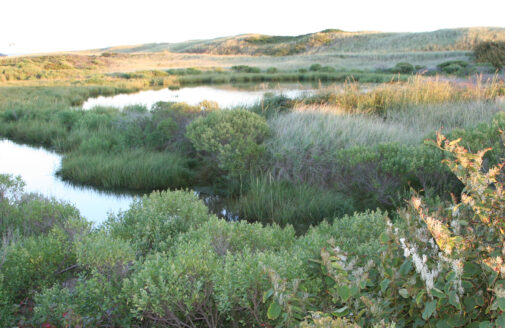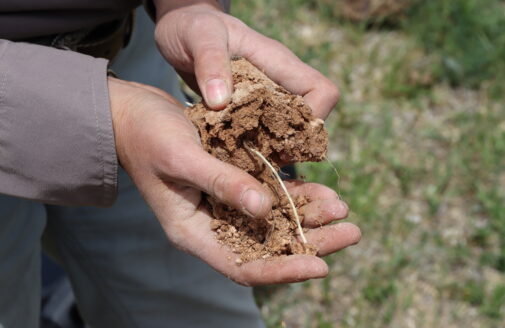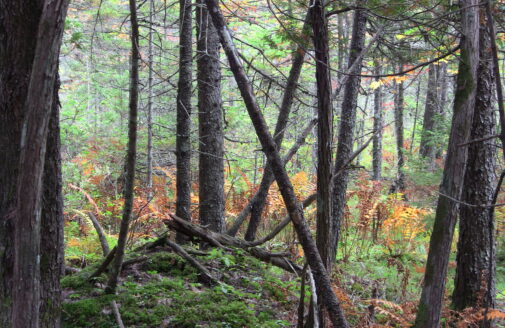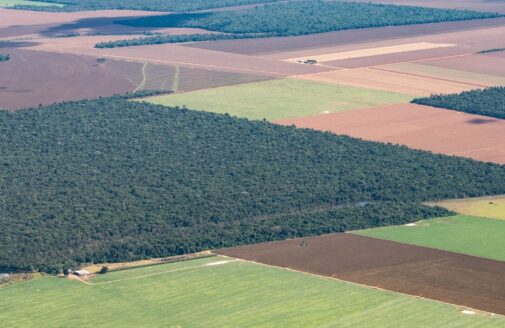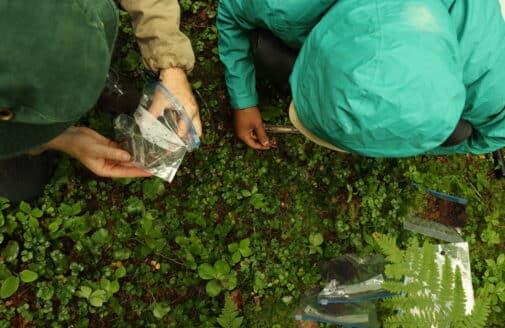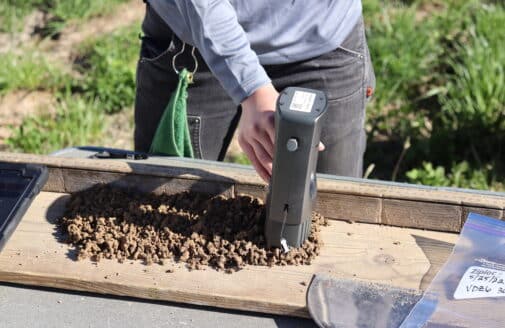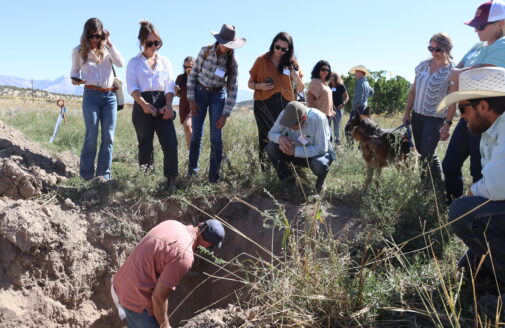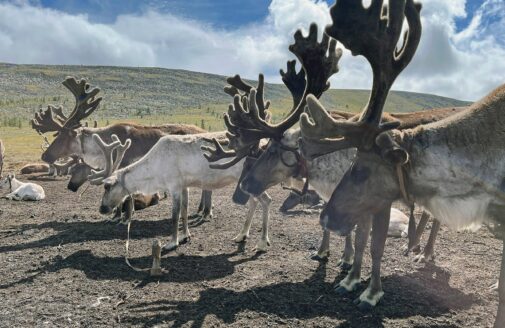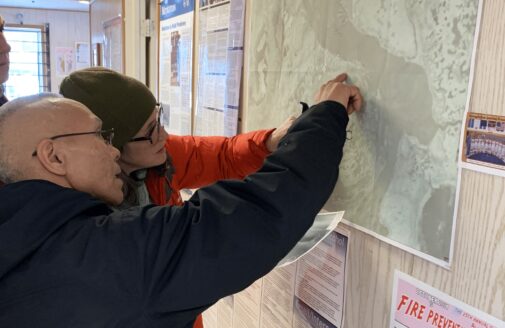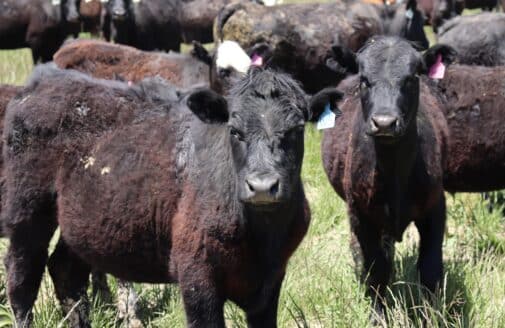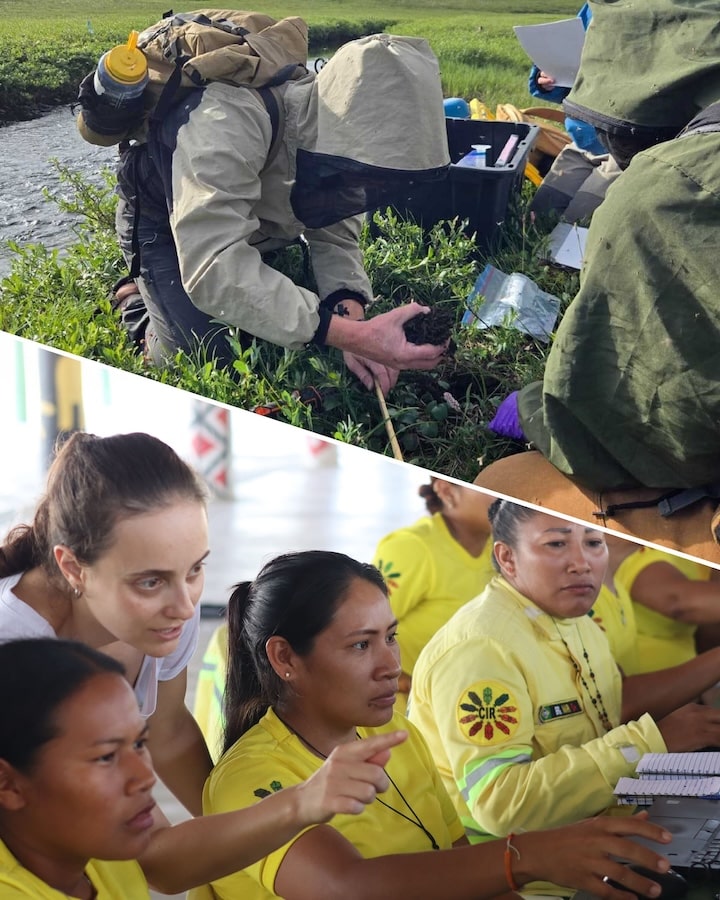In 2017, I led efforts to produce the first estimate of the global soil carbon debt created by thousands of years of agriculture. Currently, much of my attention is focused on both developing high-quality, cost-effective methods for monitoring climate benefits of various land management strategies on working lands and understanding how to ensure voluntary carbon markets deliver real climate benefits. I work with a diverse group of partners and collaborators in industry, academia, government, and environmental advocacy.
When I’m not immersed in soil, I can be found enjoying the ocean or mountains with my family.




